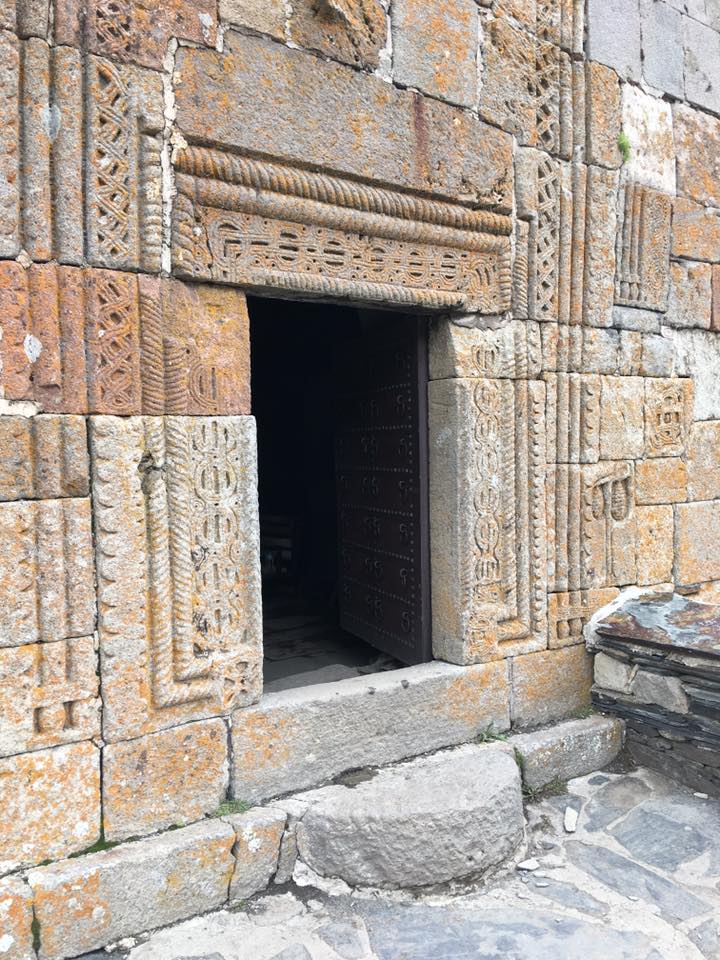Tbilisi, Georgia: Religion and the Legacy of the Soviet State: A 25-year retrospective

The International Conference ‘Religion and the Legacy of the Soviet State: A 25-year Retrospective’, was held 2-4 June 2017 in Tbilisi, Georgia. Organized by the Free University of Tbilisi, School of Law and the International Center for Law and Religion Studies of Brigham Young University (USA), the conference marked the 25 years (in 2016) since the disbandment of the Soviet Union. Seeking to explore the long-term impact of the Soviet state in the sphere of religion, conference presentations asked questions: How have Soviet approaches been adapted or rejected in post-USSR countries? How have post-Soviet states responded legally to the restrictive regulation of religion, the appropriation of religious property, and other results of the Soviet regime?
Conference languages were Georgian, English, and Russian.
The aim of the conference and its future publication was to tackle these issues in a multidisciplinary manner, not strictly from a legal perspective. The theme itself is interdisciplinary and allows contributions from scholars from multiple backgrounds, including law, history, religious studies, and political science, including a combination of theory and practice. Themes addressed in separate panels during the conference include:
- Restrictive regulation
- Effects of the Soviet state on majority religions
- Restrictions and hostile attitudes towards minority religions
- Property restitution
1. Restrictive Regulation
The Soviet state subjected religious organizations and believers to restrictive regulation and vague laws that left room for arbitrary enforcement. Religious organizations also faced attempts to reduce or manipulate religious influence in the public sphere in favor of the state. How have these regulations been dismantled or to what extent do they remain? To what extent do mindsets of state control of belief and believers remain?
2. Effects of the Soviet State on Majority Religions
To survive, majority religious organizations were forced to adapt and cooperate with the Soviet state. To what extent has this compromised or limited the ability of religious organizations to function independently in the post-Soviet era? Has this had an effect on the trust of the public on religious organizations or on expectations of how religious organizations should interact in public life? How have majority religions approached their relationship with the state?
3. Restrictions and hostile attitudes towards minority religions
This theme will explore the legacy of the Soviet state’s hostility towards minority religions. To what extent do post-Soviet states and citizenry accept pluralism in the religious sphere? To what extent have post-Soviet states encouraged space for all religious traditions in the public sphere? To what extent do Soviet concerns about hostile foreign groups continue to permeate public discourse?
4. Property Restitution
How have post-Soviet countries dealt with state appropriation of religious property? This panel attempts to bring together different approaches to the restitution of property or compensation of religious organizations, and discussing also how states have handled situations where property was taken from one church and given to another where it was used for a non-religious charitable purpose, and other still-simmering conflicts.